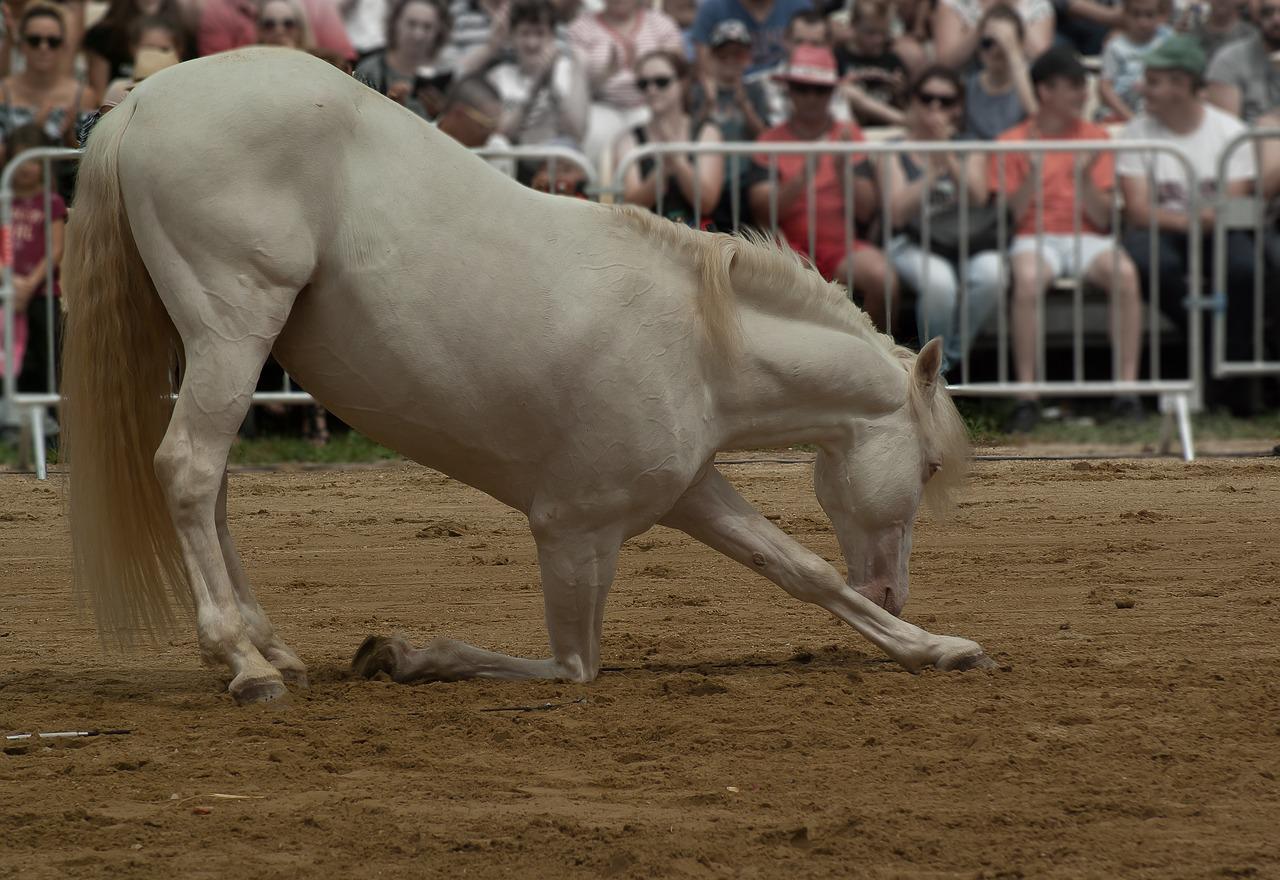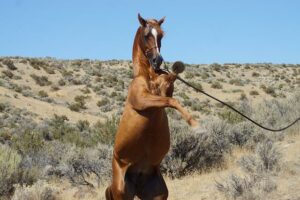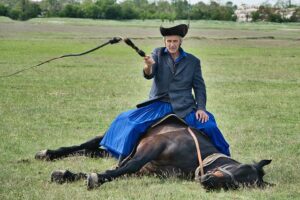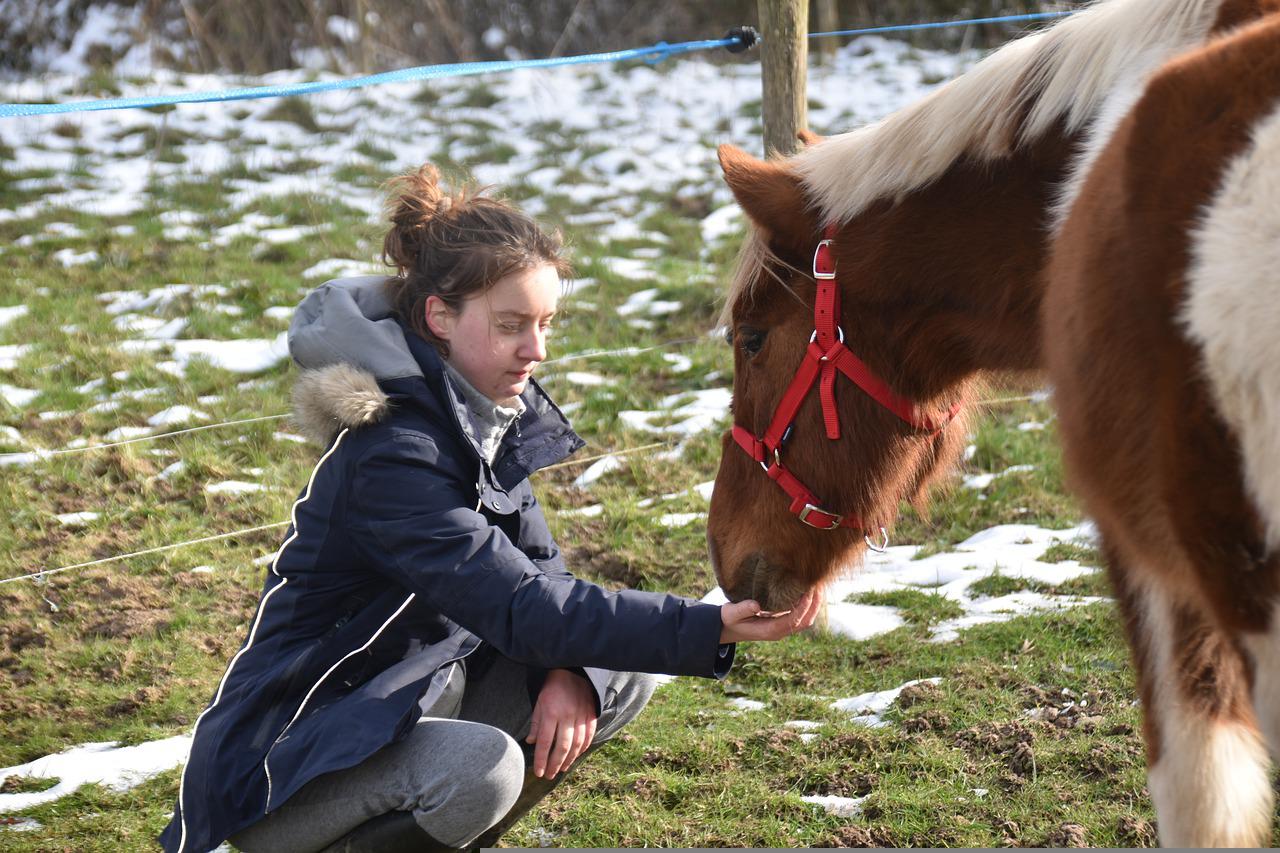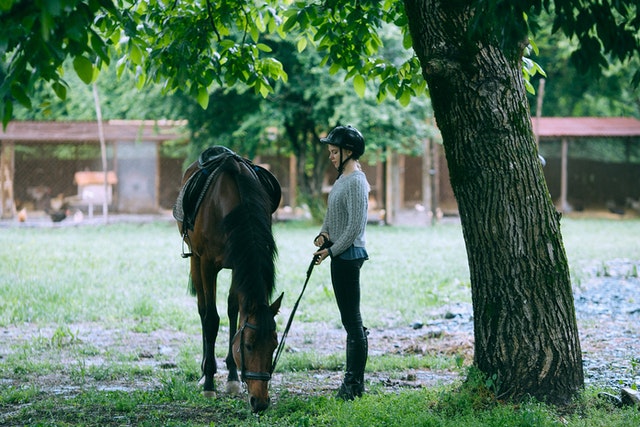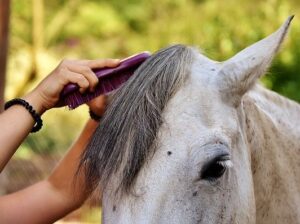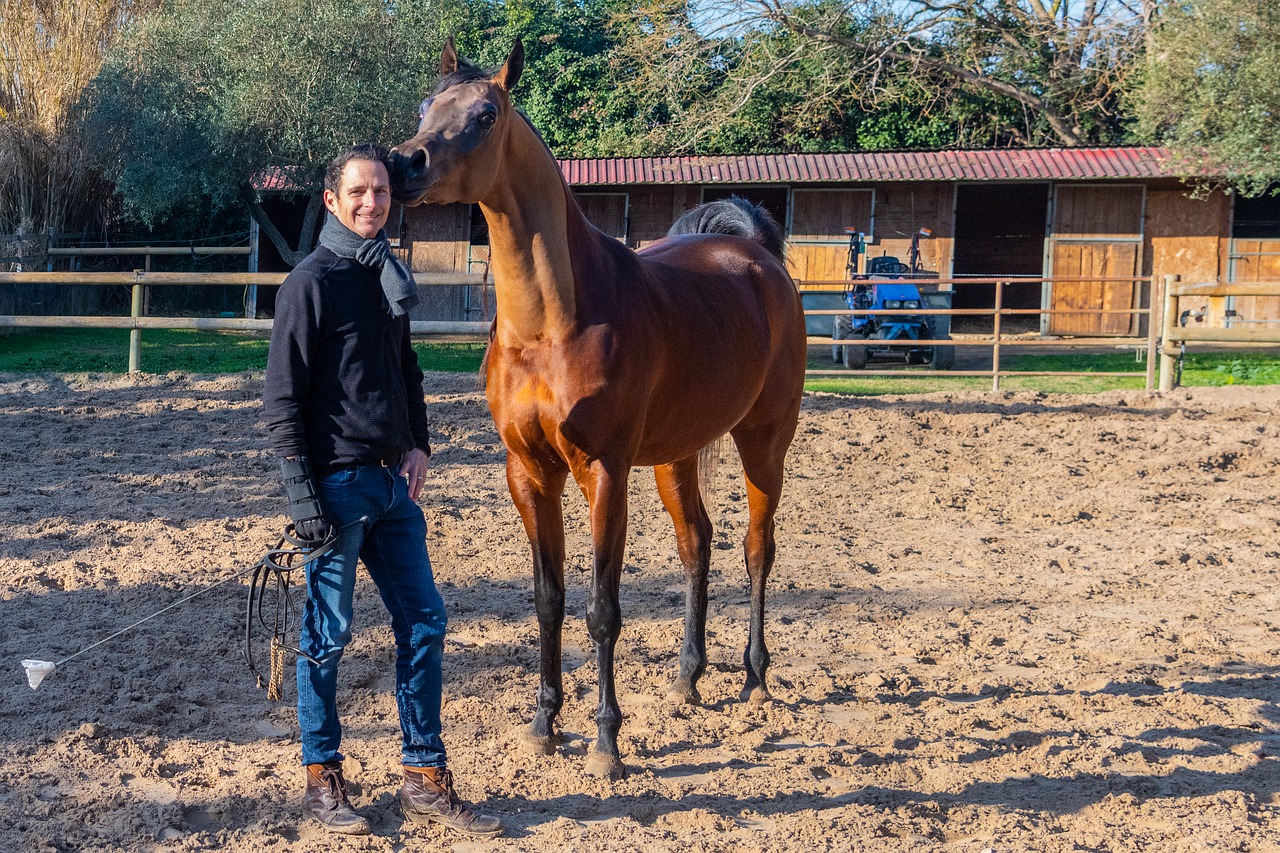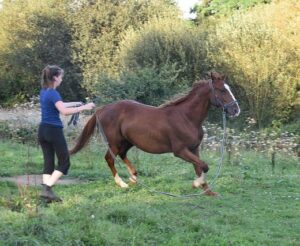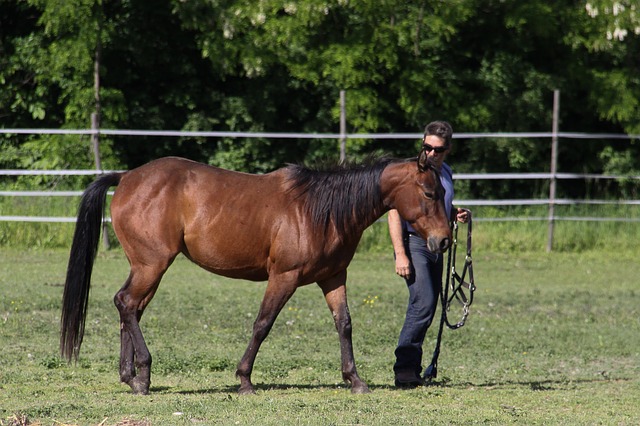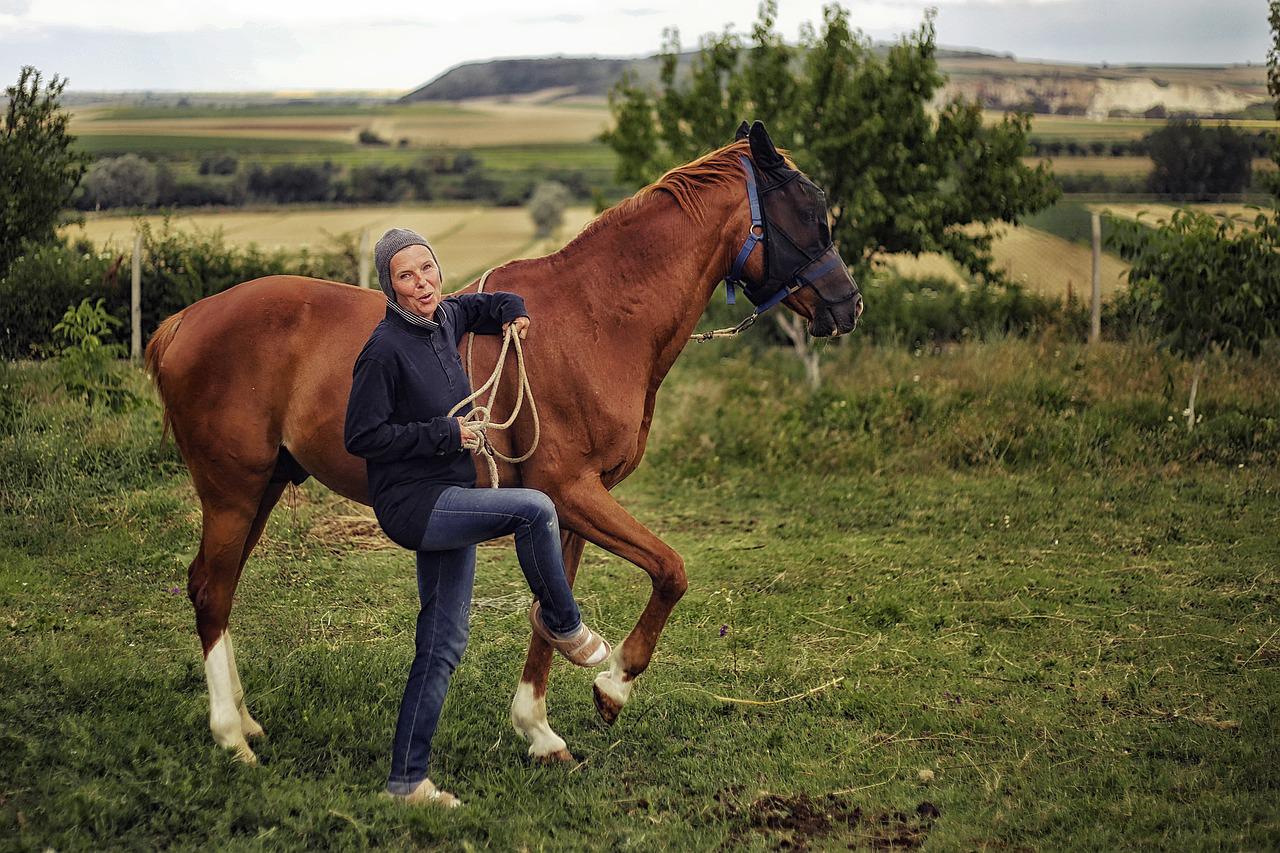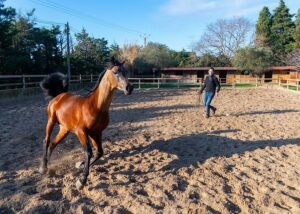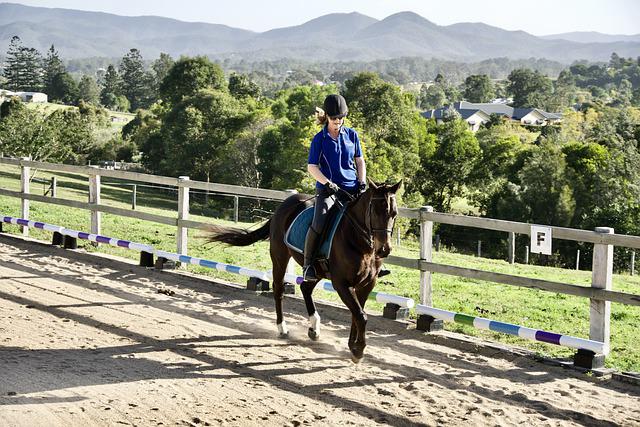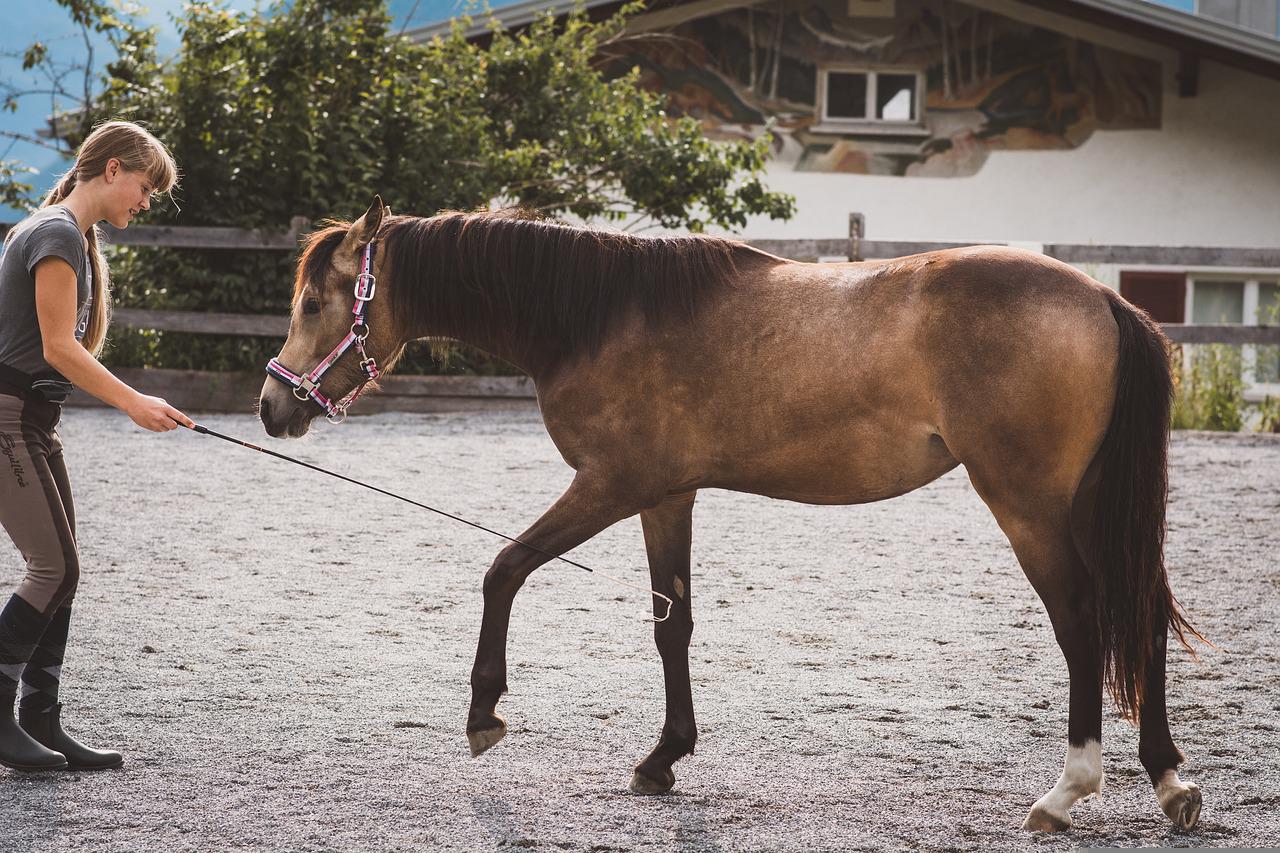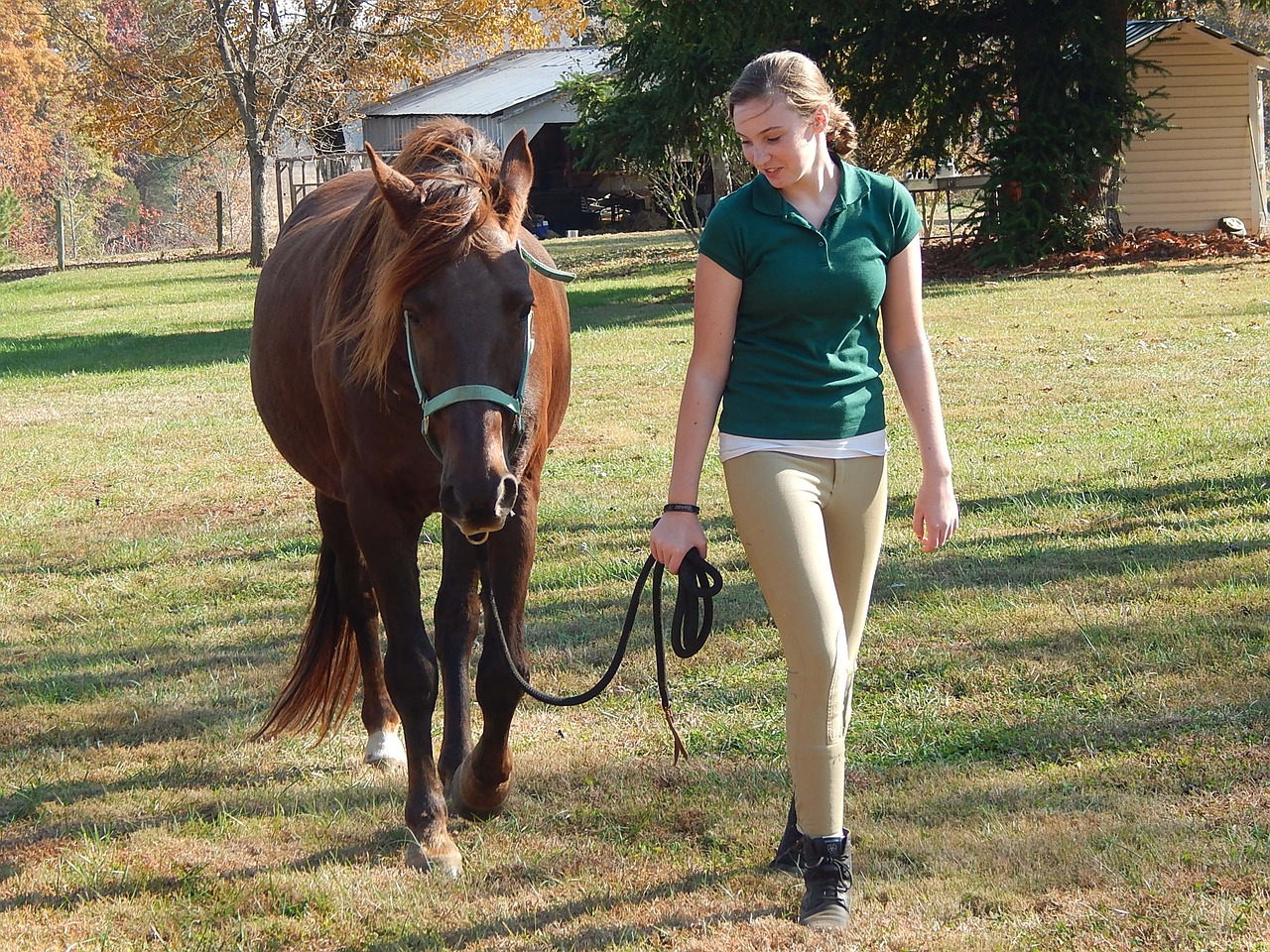
Groundwork is when you work with your horse on the ground, teaching him to become more submissive and responsive to your cues. Groundwork can help you develop a better relationship with your horse and can assist in building a solid foundation of training.
The hand walk
The hand walk is a good warm-up exercise for your horse and can be used to build up muscles. It’s also a great way to improve your relationship with the animal. The purpose of this exercise is to get the horse walking forward when you call on it, either with or without a bridle, depending on how far along in training you are. It’s important that you know how much your horse can actually do when doing this exercise, so make sure to pay attention and learn how much effort they’re putting into it. You should also remember that some horses may need more time than others before they’re ready for this particular exercise!
The hindlimb lift
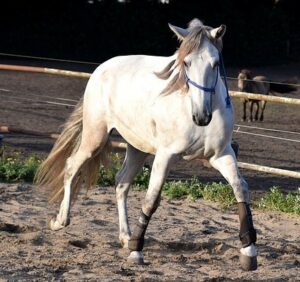
The hindlimb lift is a great move to teach your horse and reinforce the training from the other exercises.
To begin, have your horse stand in a corner or close to a fence with his front feet turned out 90 degrees and his hindquarters facing you. Start by holding onto one of his reins and reaching through his neck as if you were going to grab him by it. Then pull him away from the wall or fence while keeping hold on that wriggling head! Once they’ve gotten used to this movement, try switching between pulling directly down on both reins at once (to make sure they’re balanced) or just one hand at a time (for variety). Lastly and most importantly, make sure that each session ends with praise!
The pick-up and turn-around
The pick-up and turn-around is a fun exercise, which helps to improve your horse’s balance and flexibility. It also helps to improve his attitude towards new things.
The pick-up and turn around starts with you turning around in the saddle as you move away from a fence or wall. As soon as you’ve done this, ask him to pick up one foot when it touches down on the ground so that he stands on three legs instead of four during this phase of the exercise (the fourth leg should be lifted). Tell him ‘pick up’ before doing anything else so that he knows what’s expected of him!
Backing up
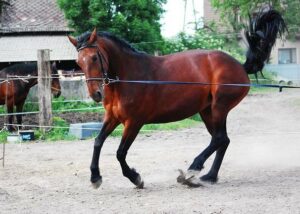
Backing up is a great exercise for teaching a horse to be calm and relaxed. It will also help your horse be obedient and confident, as well as brave. The best way to start this exercise is by using a lead rope or halter strap so you can guide your horse from behind. Start with your horse standing still, then walk beside him until he becomes accustomed to moving backward without any pressure from you. When he’s comfortable walking backward, start leading him along gently while saying “back up” as you do so, don’t pull on the lead until he starts walking away from where you’re standing!

